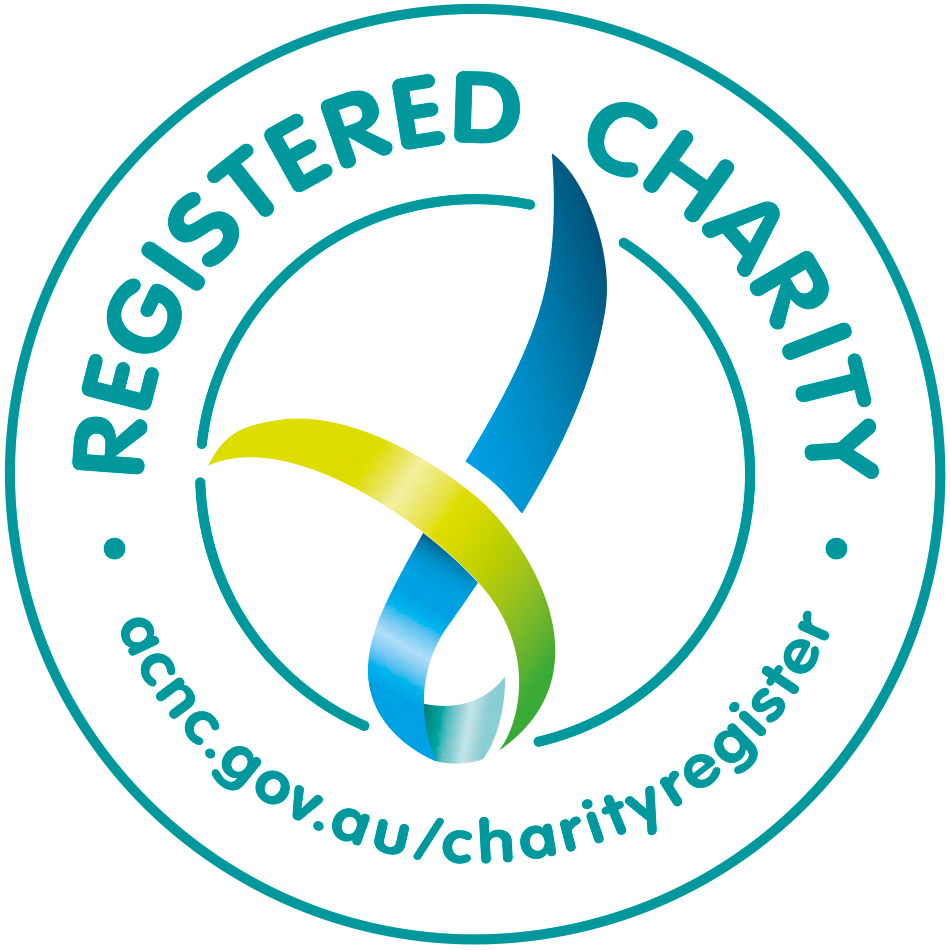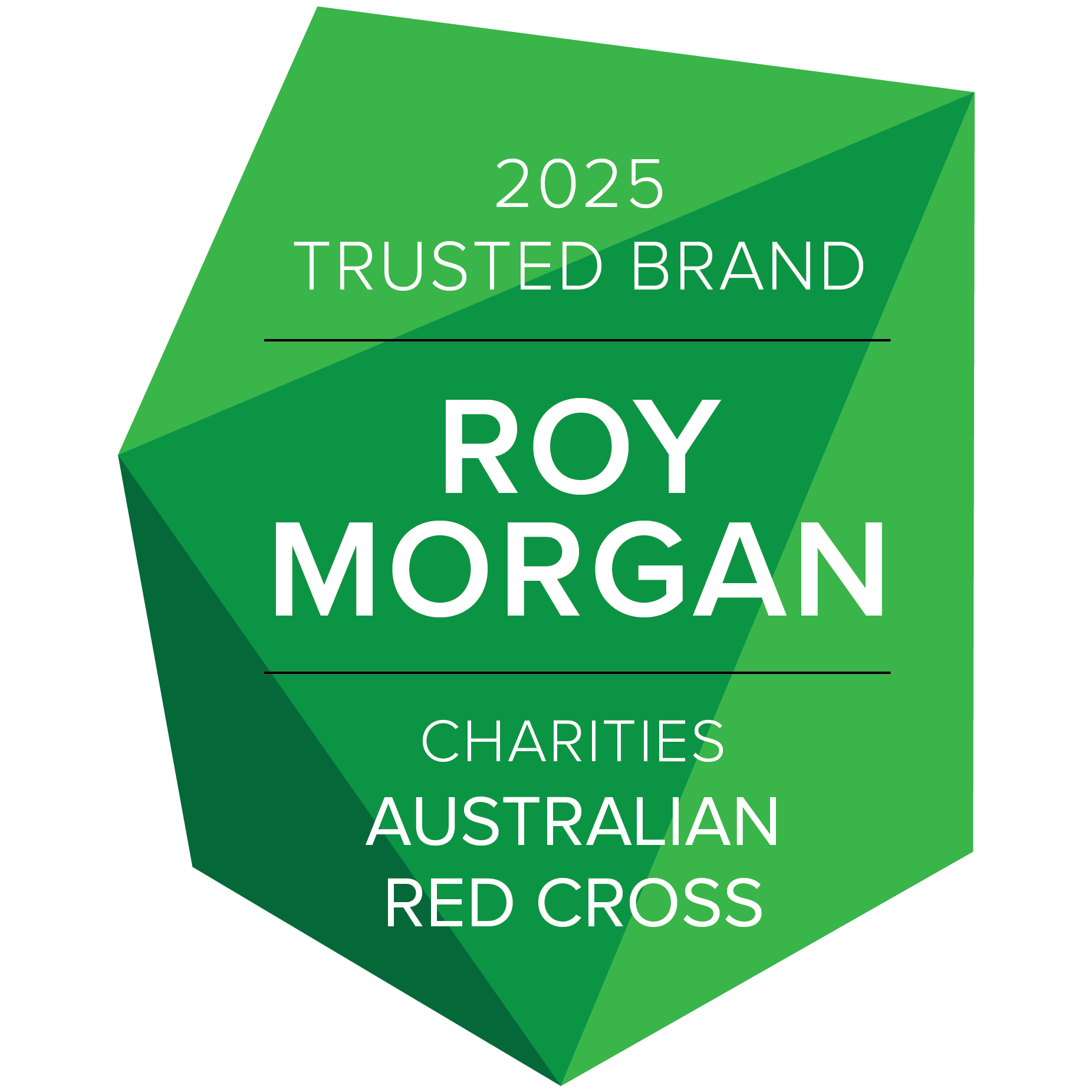

Australian Red Cross is a key partner organisation in a research project that investigates how images can be used to develop more ethical and effective humanitarian practices.
Funded by the Australian Research Council, this project is led by the University of Queensland (UQ) and involves an interdisciplinary research team, as well as three other partner organisations: the World Press Photo Foundation, the International Committee of the Red Cross and Médecins Sans Frontières Australia.
Images – both photographs and film – are integral to the fundraising, media and public informational campaigns that Australian Red Cross produces. More broadly, images shape how we view and respond to humanitarian crises. They play a key role in conveying the meaning of hardship and disaster to distant audiences, influencing both public perception and policy approaches.
For the last few decades, humanitarian campaign imagery has been dominated by stereotypical images of impoverished children, of mothers cradling their starving babies, and of boats overflowing with people seeking asylum. These visualisations are problematic because they represent people as passive, needy and devoid of the capacity to help themselves and their community.
In an industry-leading initiative, Australian Red Cross has moved away from such needs-based approaches, embracing, instead, strength-based photography that seeks to empower those depicted.
A move to strength-based photography faces numerous obstacles. For one, humanitarian organisations know that existing visual strategies – stereotypical and objectifying as they are – are useful in gaining public attention. They prompt audiences to donate and are thus successful fundraising tools. By contrast, little is known about the effectiveness of alternative strategies, including strength-based ones. Simply replacing images of suffering with happy faces is not a solution, since these photographs do not convey the kind of urgency required to garner attention and mobilise viewers.
The key challenge is to develop practices of humanitarian communication that not only generate aid donations but also depict people’s dignity and visualise concrete solutions. This, in turn, will help affected communities draw on their capacities to recover and generate change.
The collaboration between Australian Red Cross and the UQ-based research team will address these dilemmas through the following three aims:
Key to the shift made by Australian Red Cross was ensuring their approach to humanitarian imagery aligned with the principles set out in the 1994 Code of Conduct, in particular that information and advertising campaigns “shall recognise disaster victims as dignified humans, not hopeless objects”. At the core of such an approach is using images where “the capacities and aspirations of disaster victims are highlighted, and not just their vulnerabilities and fear”.

Using strength-based imagery means moving away from the needs-based narrative of communities being reliant on external, often Western, assistance. In fact, sitting behind this shift to strength-based photography is an effort to rely on images and stories that sum up the agency, dignity, hard work and strength of a group of people. Doing so involves depicting crisis-affected communities not as passive victims, but as active agents working on concrete solutions to lead local recovery.
What are the specific ethical considerations that lie behind this shift? What photographic practices make up a strength-based approach towards humanitarian imagery? Should these practices be further adopted in an effort to move towards more respectful engagements with people impacted by crises or disaster?
With these questions in mind the research project will establish collaborations with photographers from the Global South and from First Nations in an attempt to learn how visual depictions are perceived in communities and what alternative strategies might look like.
How exactly can alternative images avoid stereotypes whilst still evoking compassion in viewers and serve as effective fundraising tools?
There are few studies that provide evidence of how alternative visualisations influence viewer, donor and public debates. This is due to the rarity of strength-based images being used in donation campaigns as well as the challenges of measuring the impact of images.

The transition made by Australian Red Cross towards strength-based humanitarian communication provides an opportunity to learn from a move that is neither straight-forward nor easy. Taking advantage of this opportunity, the project will empirically measure the impact of needs- versus strength-based photography. The central aim here is to understand how viewers respond to different images and how these responses shape donation behaviour.
In doing so the project will provide evidence-based insight into how alternative visual strategies can successfully be used in humanitarian campaigns. Such evidence is necessary for humanitarian organisations to have the confidence to embrace new forms of visualisations and use them to transform humanitarian practices in a way that respects and empowers aid recipients.
What are the lessons learned and dilemmas that arose from the move to strength-based photography? What best-practice advice can emerge from the shift taken by Australian Red Cross?
Answering these questions will enable us to see how other humanitarian organisations, and the sector overall, can learn and benefit from the experience with strength-based photography.
The project will develop best-practice guidelines for the use of images in humanitarian campaigns. Such guidelines will help Red Cross staff, photojournalists, aid workers, editors and policy makers to take a more ethically sensitive approach to the use of photographs in humanitarian campaigns. These lessons, backed by evidence, will allow more organisations to employ alternative visual strategies with the security of knowing that they can avoid problematic stereotypes and still successfully achieve their funding goals.
Ultimately, the project aims to contribute to developing more dignified and effective aid policies at a time when humanitarian concerns are increasingly central to our national and global stability.
*The University of Queensland-based research team is led by Professor Roland Bleiker and involves A/Prof Emma Hutchison, A/Prof Cassandra Chapman and Prof Mathew Hornsey, as well as A/Prof Sana Nakata (University of Melbourne), Prof Bina D’Costa (Australian National University), Prof Fiona Terry (ICRC/UQ) and Prof David Campbell (VII Foundation/UQ). Ms Bronte Bratton works as a part-time research officer on the project. Here are further details on the project, which is funded by a Linkage Grant from the Australian Research Council (LP200200046).
Key collaborators at Australian Red Cross are David Stephens, Acting Head of Influence and Advocacy; then Fiona Tarpey, Head of Influence and Advocacy, International Programs (IP); Susan Cullinan, Advocacy Lead, IP; Vanessa Byrne, Head of Fundraising Products; Jenny Brown, Head of Aboriginal and Torres Strait Islander Partnerships; Natasha Smith, Aboriginal and Torres Strait Islander Projects Lead; Karl Uhrich, Fundraising Lead; Pat Baron, Head of Creative Services; Kim Batchelor, Creative Communications Lead; Alex Ball, Head of Marketing Campaigns; Panayiota Romios, Research and Insights Consultant; Lali Foster, Communications and Knowledge Broker, IP; and John Richardson, former National Resilience Adviser, Emergency Services.
Red Cross pays our respects to the Aboriginal and Torres Strait Islander custodians of the country where we work, and to Elders, past, present and emerging.
Learn about our Reconciliation Action Plan and how we can all make reconciliation real.
This website may contain the images, voices or names of people who have passed away.